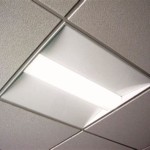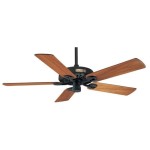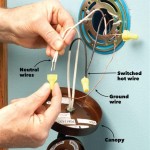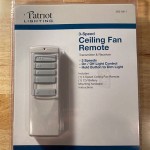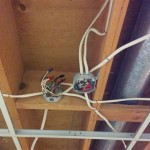Essential Aspects of Glass Ceiling Light Pendants
Glass ceiling light pendants serve as focal points in any interior design, illuminating spaces with both ambient and task lighting. Their exquisite designs and functional versatility make them an essential choice for residential and commercial settings alike. To ensure their optimal impact, various aspects must be considered when selecting and installing these captivating fixtures.
This article explores the crucial elements involved in understanding the multifaceted nature of glass ceiling light pendants. We delve into their unique characteristics, materials, design considerations, and installation intricacies. Each aspect is carefully examined to provide a comprehensive guide for discerning homeowners, interior designers, and lighting professionals.
Unique Characteristics
Glass ceiling light pendants stand out for their exceptional qualities that set them apart from other lighting fixtures. Their transparent or translucent nature allows light to effortlessly permeate the surrounding space, creating a diffused and inviting ambiance. The inherent fragility of glass adds a delicate touch, making these pendants an elegant choice for both classic and contemporary interiors.
Materials
Glass ceiling light pendants are crafted from various types of glass, each offering distinct properties. Blown glass is a popular choice, known for its intricate shapes and handblown imperfections that add character to any space. Fused glass, on the other hand, provides a unique blend of colors and textures, creating vibrant and eye-catching pendants. Stained glass adds a touch of history and artistry, often featuring colorful patterns and intricate designs.
Design Considerations
The design of glass ceiling light pendants plays a pivotal role in their overall impact. The shape of the shade, whether spherical, cylindrical, or conical, influences the distribution and intensity of light. The size of the pendant should be carefully considered to complement the proportions of the room. The style of the pendant, from minimalist to ornate, can dramatically alter the ambiance, creating a formal or relaxed atmosphere.
Installation Intricacies
Installing glass ceiling light pendants requires careful attention to technical details. The weight of the fixture must be adequately supported by the ceiling, ensuring proper stability. The electrical connections must be made according to code to prevent any safety hazards. The height of the pendant should be adjusted to suit the specific space, providing optimal illumination without obstructing movement or views.
Conclusion
The essential aspects of glass ceiling light pendants, including their unique characteristics, materials, design considerations, and installation intricacies, form the foundation of successful lighting design. By understanding these key elements, homeowners, interior designers, and lighting professionals can make informed decisions that enhance the زیبایی شناسی, functionality, and overall ambiance of any space.

Glass Pendant Lights Jim Lawrence Lighting Ceiling

Bay Lighting Elena Ribbed Glass Ceiling Light Clear Metallic Brass

Aldeburgh Ceiling Light Extra Large Lights The White Company

Laura Ashley Rye Clear Glass Ceiling Pendant Light In Polished Nickel Barrett Castle Lighting

Där Demarius Smoked Glass Pendant Ceiling Light Black

Goodhome Calume Transpa Pendant Ceiling Light Dia 280mm Diy At B Q

Heaney 3 Light Pendant Chrome And Smoked Glass Ceiling Pagazzi Lighting

3d Glass Fireworks Lamp Shade Ceiling Pendant Light Fixtures Lighting Home Decor

Smoked Glass Five Light Pendant Limited Abode

Our Guide To Glass Lighting Soho Blog
Related Posts

